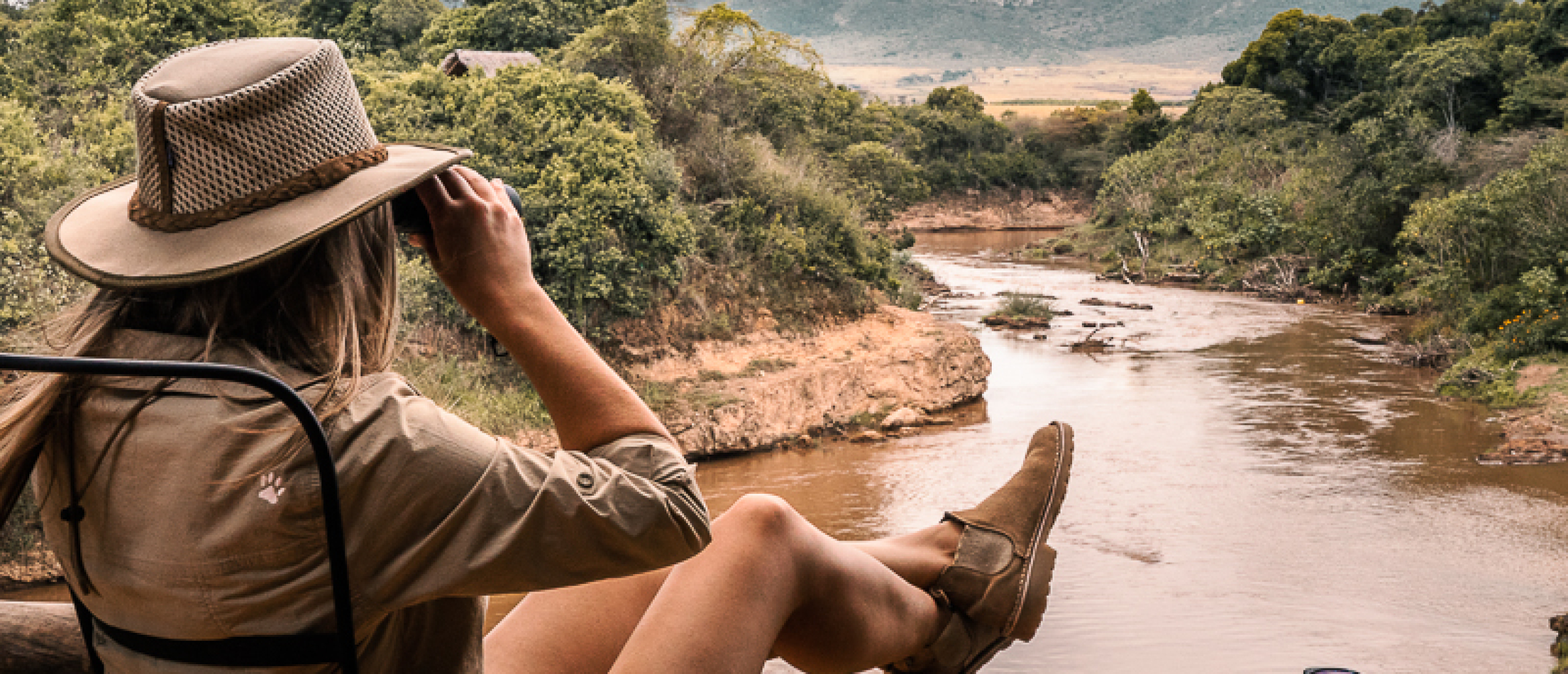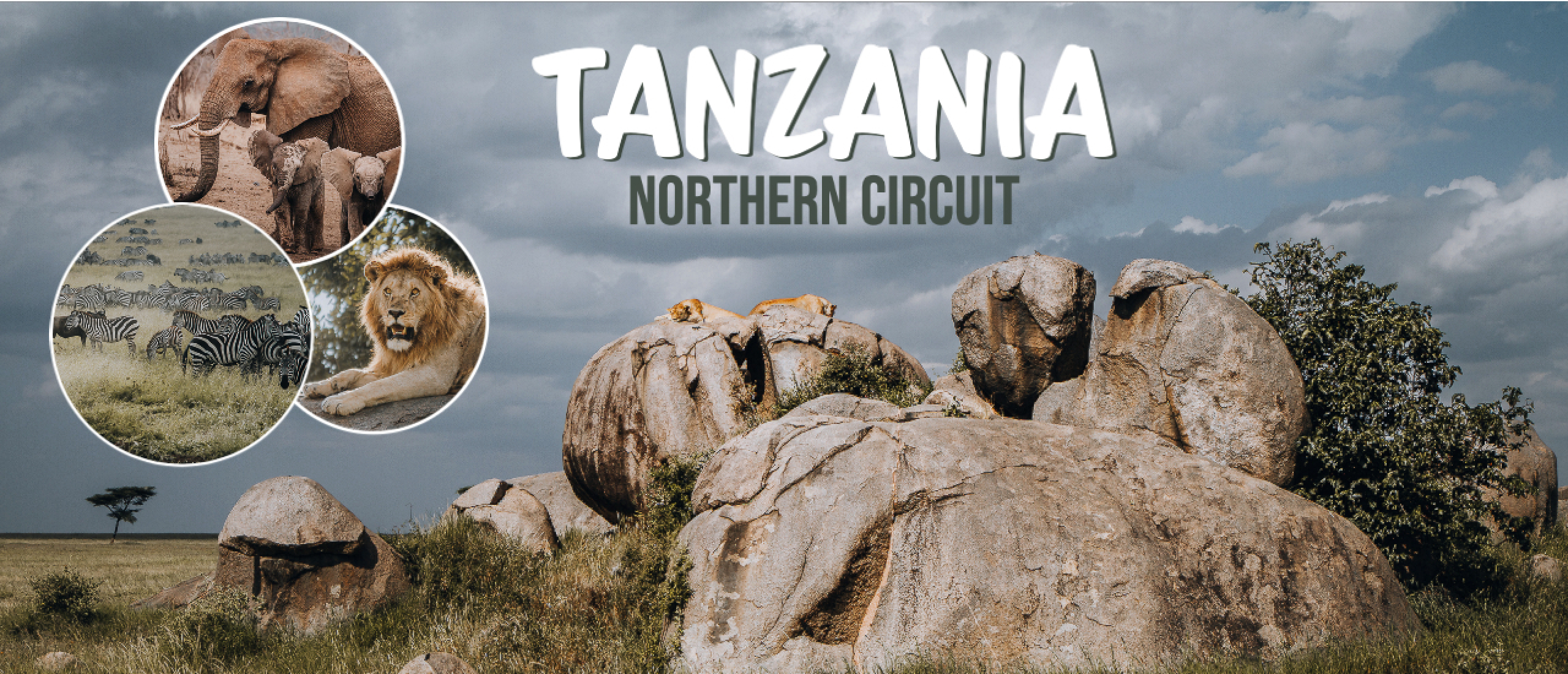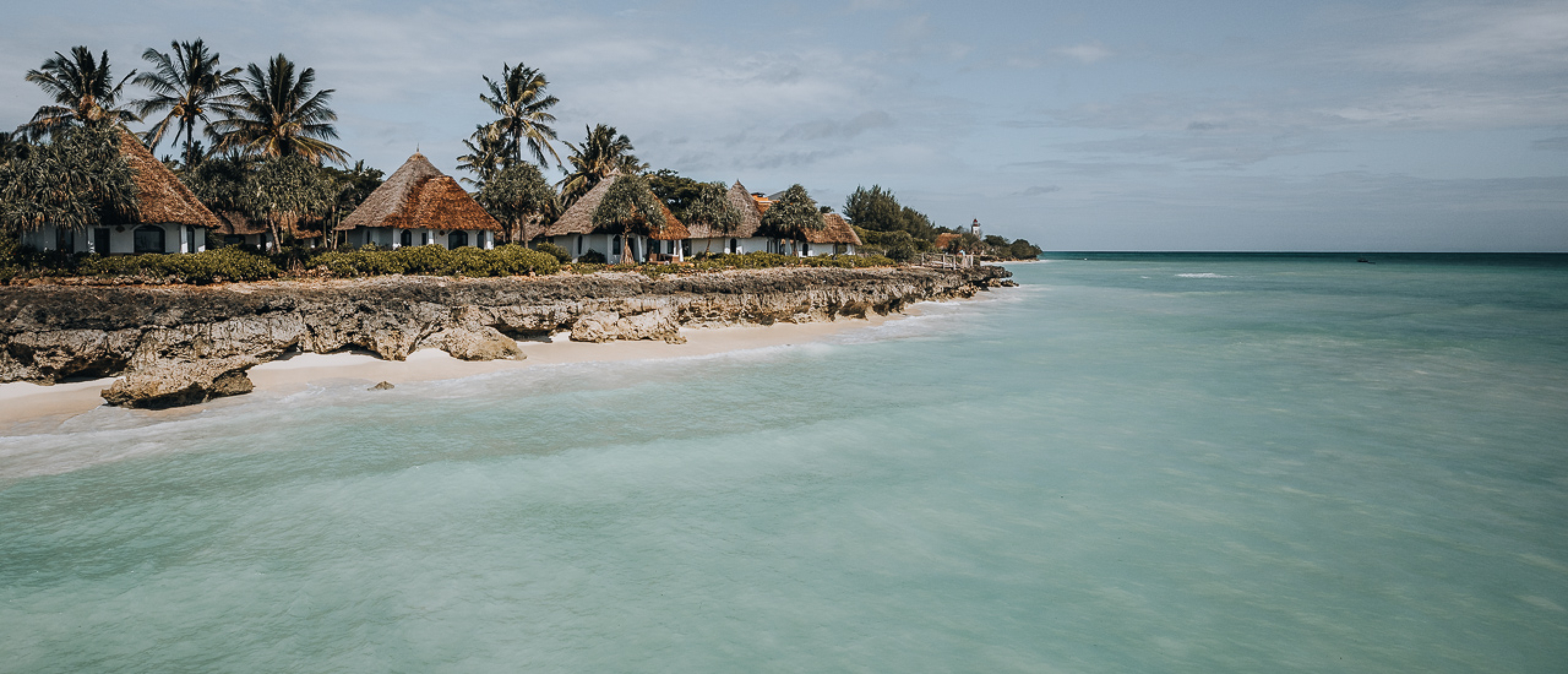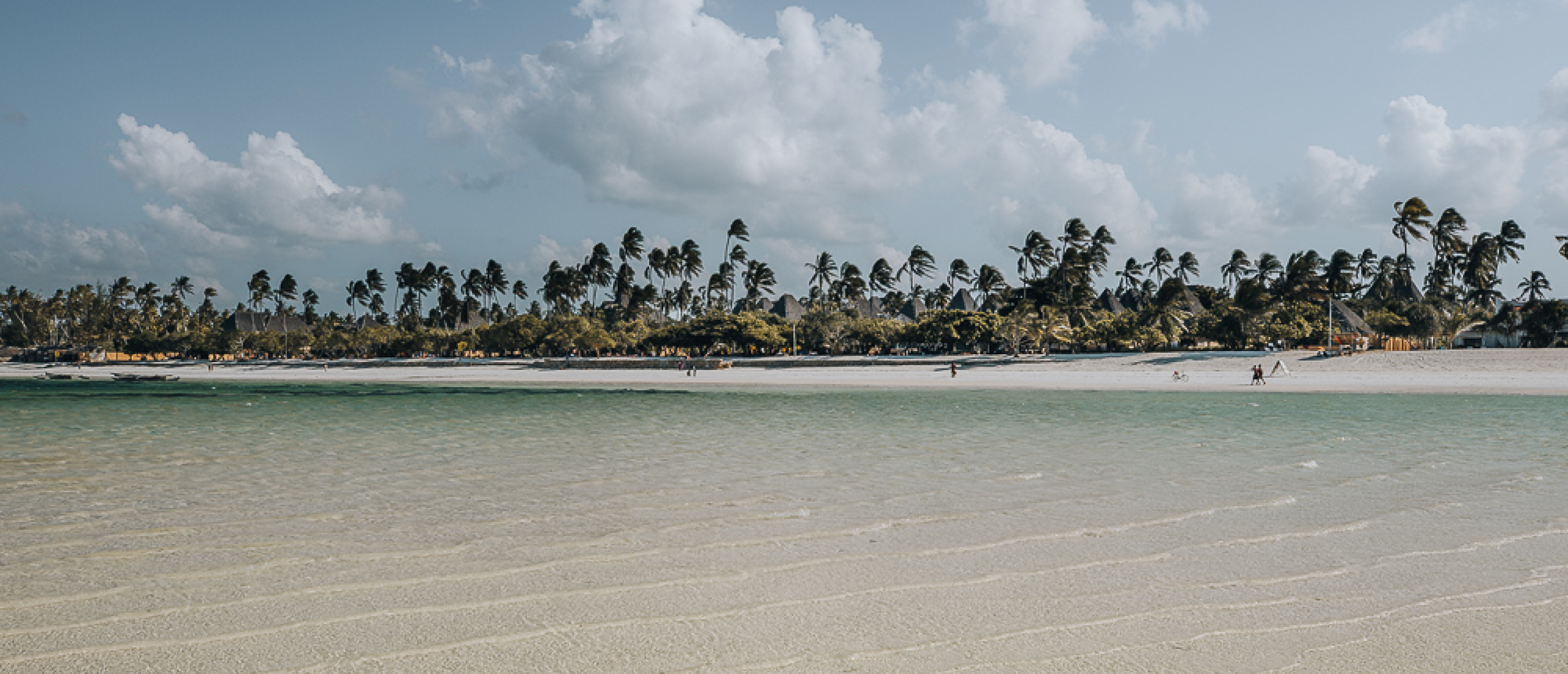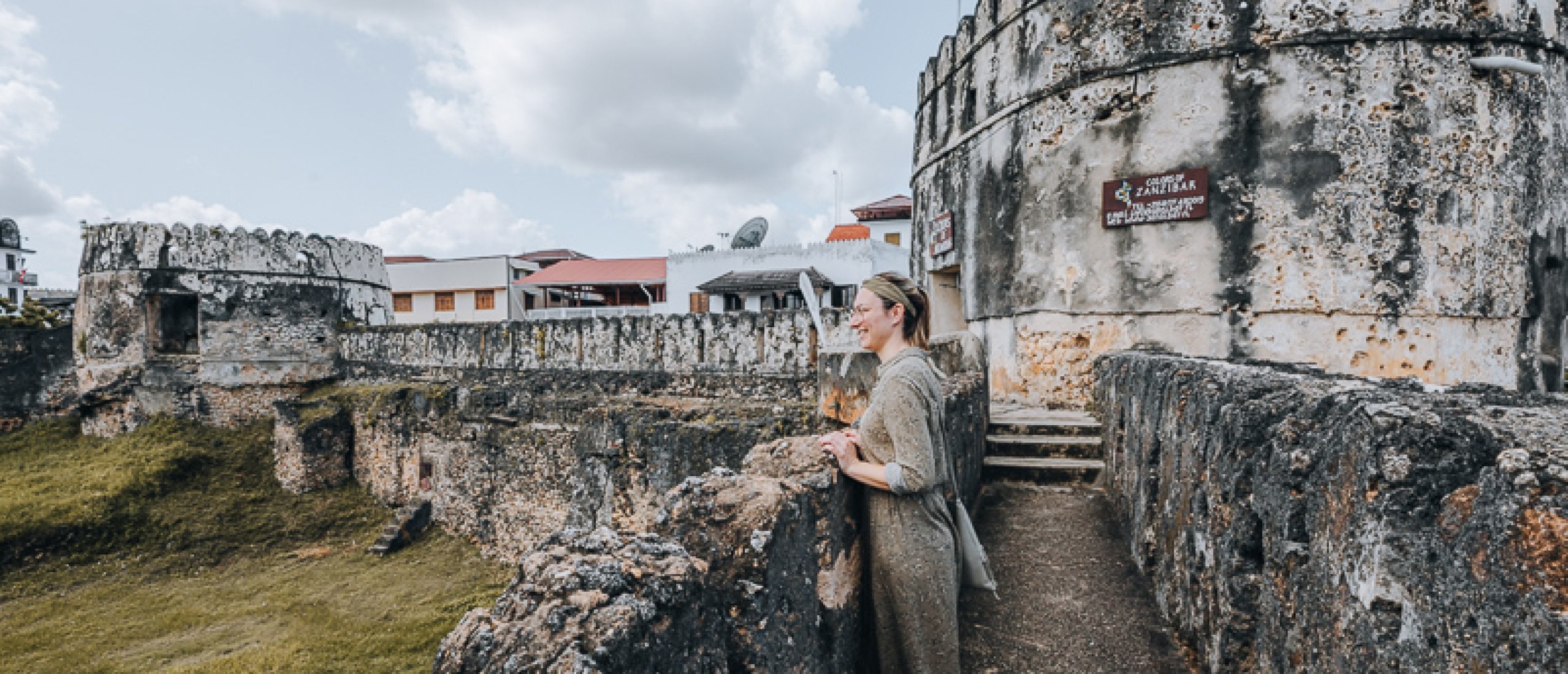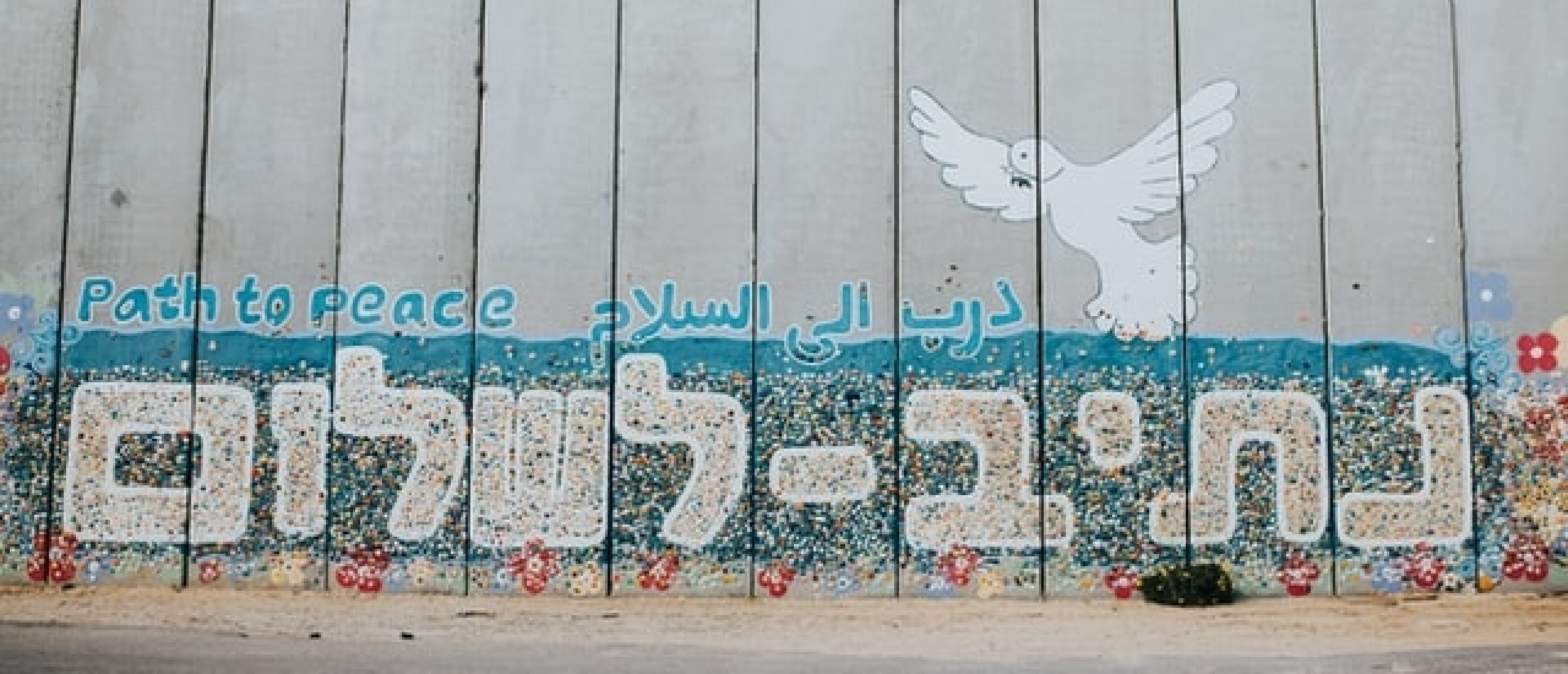
During the ongoing Gaza-Israel conflict, where recent attacks by Hamas have heightened tensions, a lesser-known reality exists; Life near the Gaza border. This article provides a glimpse into the daily life of those who call this conflict-ridden region home, highlighting their challenges, mindset, adaptivity, and perseverance.
All the stories and information in this article are based on my visit to this region in 2019 as part of the Gaza Border Reality Tour organized by Abraham Tours. While traveling to Gaza itself is not possible, this tour allows you to explore the area around the Gaza border on the Israeli side.
When taking part in this tour, the Gaza-Israel conflict becomes a reality that is hard to put into words, but it’s an unforgettable interesting, impressive, and emotional experience around the Gaza Strip to learn more about life in the shade of the wall.
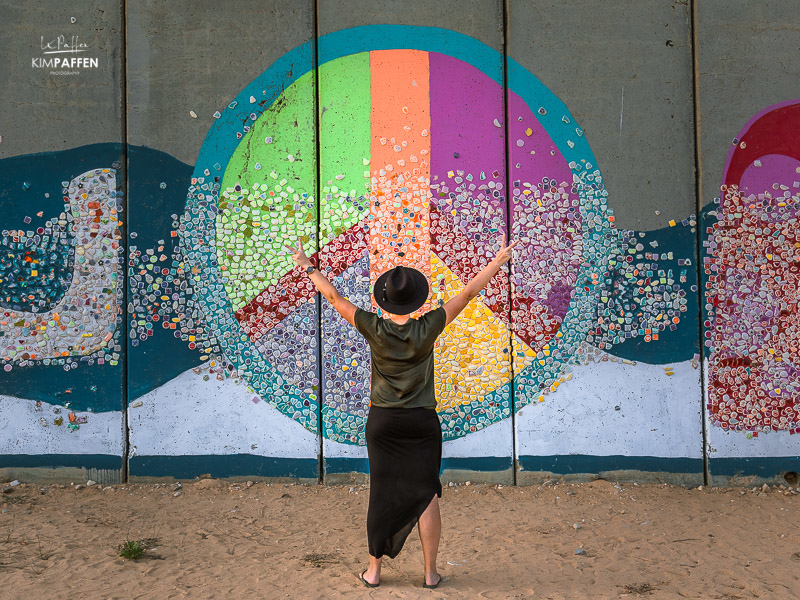
Daily Life near the Gaza Border
Living in this region means living close to the Gaza Strip, where conflict can erupt suddenly. Recent attacks by Hamas on 7 October 2023, launching rockets into Israel, serve as a chilling reminder that danger is never far away.
One of the most memorable aspects of my visit to the Gaza area is the incredible resilience of the people I met. Despite the dangerous environment they call home, these villagers radiate strength and positivity. It's truly inspiring to witness how they've adjusted their lives to adapt to these difficult circumstances.
In times when the conflict in the region has erupted once again, it's understandable that hope might seem elusive. The ongoing cycle of violence takes a heavy toll on the residents of these areas. My heart goes out to all the people who live there, as well as those wounded and killed in the ongoing Gaza-Israel conflict.

Netiv HaAsara: A Resilient Moshav on the Gaza Border
The village of Netiv HaAsara is living under the most extreme conditions next to a threatening wall that is built to protect the villagers from rockets and snipers.
Netiv HaAsara is a moshav situated in the southern region of Israel. A moshav is a type of agricultural cooperative settlement in Israel. It is a rural community where families live and work together, primarily engaged in agriculture or other related activities.
As opposed to the more communal kibbutz, people in a moshav have more economic independence, although they still help eachother out in different ways.
Living in a relatively small community fosters close relationships among residents. The spirit of helping one another is strong in Moshavim. Residents often assist each other during busy farming seasons or in times of need. Living in a Moshav, especially near the Gaza border, requires resilience in the face of challenges, including security concerns and agricultural issues.
Moshav Netiv HaAsara was one of the most emotional and extraordinary places that I visited.
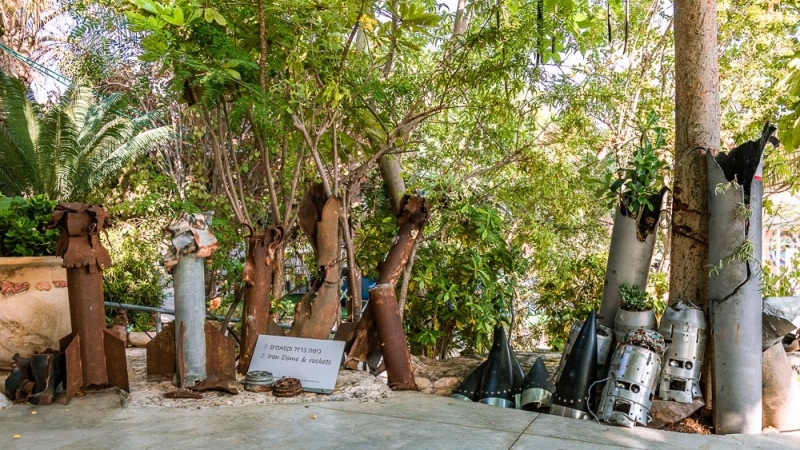
The Colorful Bomb Shelters of Netiv HaAsara
I will never forget the bus shelters in Netiv HaAsara, originally designed to provide cover in case of rocket attacks, transformed into works of art.
These artistic bomb shelters are a testament to the unwavering spirit of the residents, who refuse to let fear dominate their lives. Instead, they choose to fill their surroundings with color and creativity, sending a powerful message of hope and defiance.
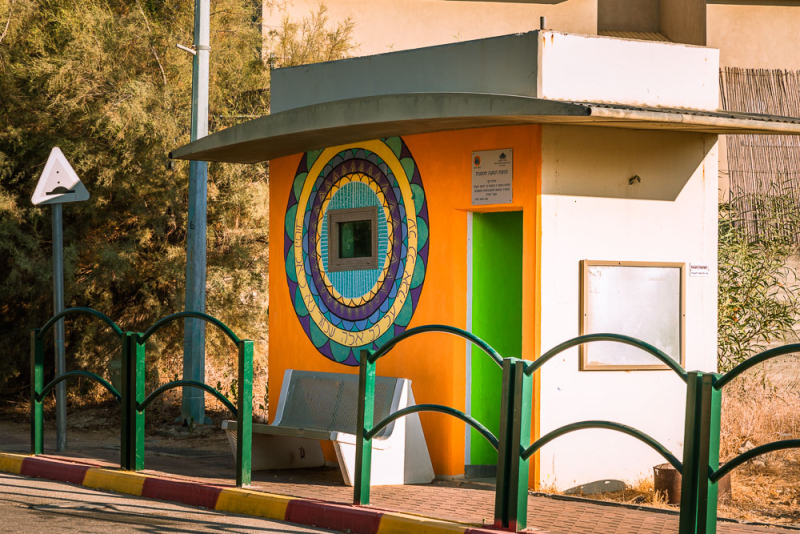
Path to Peace
Another inspiring project in Netiv HaAsara is The "Path to Peace" project led by artist Tsameret Zamir. The project transforms a once-plain security wall into a colorful canvas of hope by placing colorful brushstrokes bearing positive messages on the wall.
The "Path to Peace" serves as a powerful example of how art and creativity can transcend boundaries and inspire a shared vision of a brighter future.
Each stroke of paint symbolizes hope for a peaceful future. It was a poignant reminder that even in the shadow of conflict, the people of Netiv HaAsara were dedicated to the pursuit of peace, one brushstroke at a time.
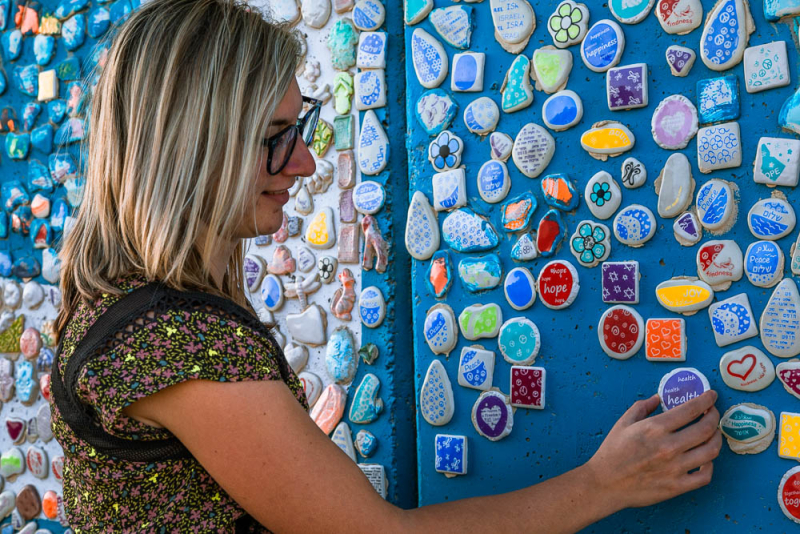
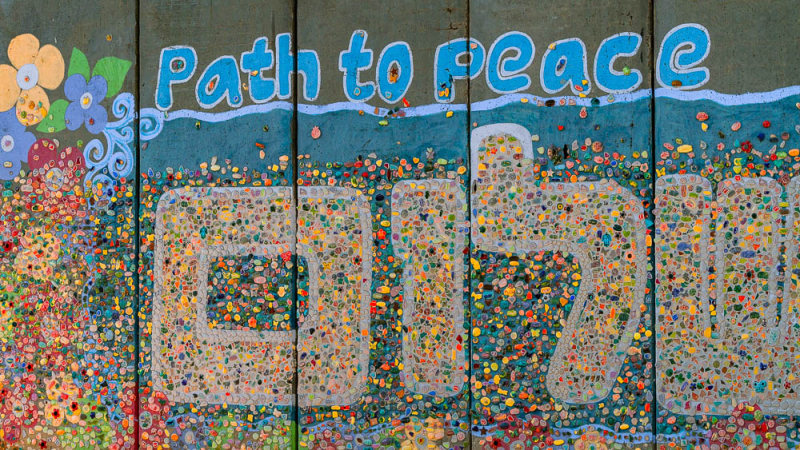
The Vital Need for Strong Security Measures
While positivity and creativity serve as coping mechanisms, the harsh reality is that more substantial measures are needed, like for example the 360-degree security cams of the Israeli army operating over the border, and the Iron Dome defense system, one of Israel’s most famous military inventions.
The Iron Dome defense system is made to stop rockets from Gaza, making travel to Israel safer. It uses cameras and radar to follow rockets and shoot them down quickly, with a 90 percent success rate. However, it doesn't protect the Gaza border area because it's too close.
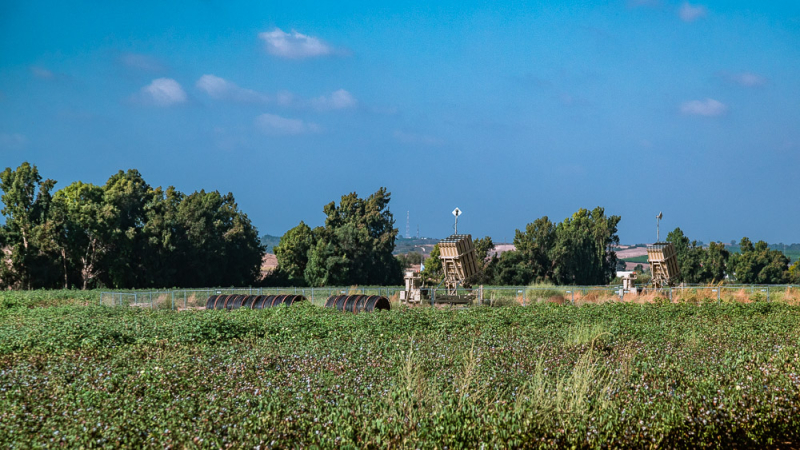
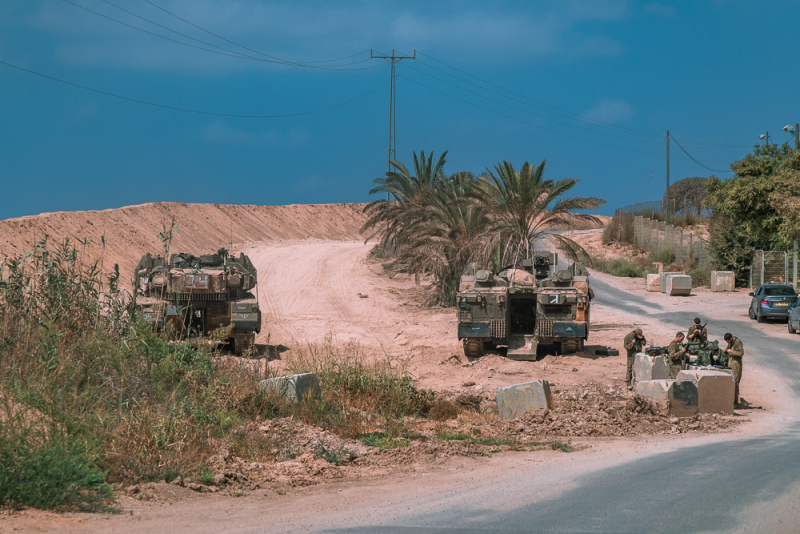
Sderot: Bomb shelter capital of the world
The city of Sderot, also known as the bomb shelter capital of the world, invested in a lot of precautionary measures. You can find a bomb shelter on every corner and yet it’s still a busy town with a kind of laid-back vibe where you can find a lot of new construction projects where walls are reinforced with steel and new (school) buildings have cement roofs.
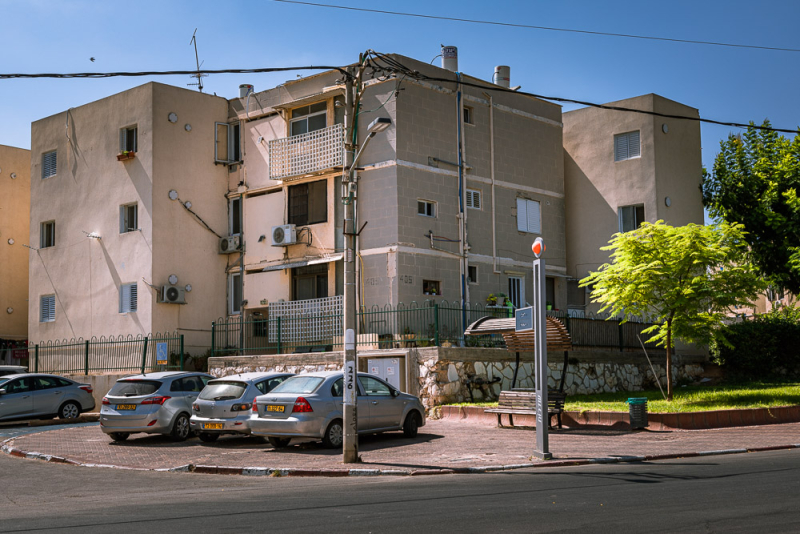
The most intriguing place I’ve visited was the ‘Park of Good Wishes’, a rocket-safe children's playground, where more cement pipes were added as rockets continued to fall. Even though it's dangerous around, the children have a secure place to have fun. Their laughter is a strong answer to all the uncertainty nearby.
Sderot left me amazed! The people here are deeply committed to their city and don't consider leaving, perhaps as a way to make a strong statement. The children who grow up in Sderot have never known a life without the constant threat of rockets. While they might feel scared when rockets are fired into Sderot, it's truly inspiring to see that they don't let fear push them away.

Life inside Gaza
Despite the challenges and conflicts, many individuals living inside Gaza are unwavering in their pursuit of peace and freedom. One notable example is The Gaza Youth Committee, a group of courageous individuals committed to empowering young people. During the Gaza Border Reality Tour, we had the opportunity to connect with the Gaza Youth Committee based in Gaza. Through education and skill-building initiatives, they provide opportunities for Gaza's youth, steering them away from the path of violence and protests. These efforts not only offer hope for a brighter future but also demonstrate the indomitable spirit of those living in Gaza.
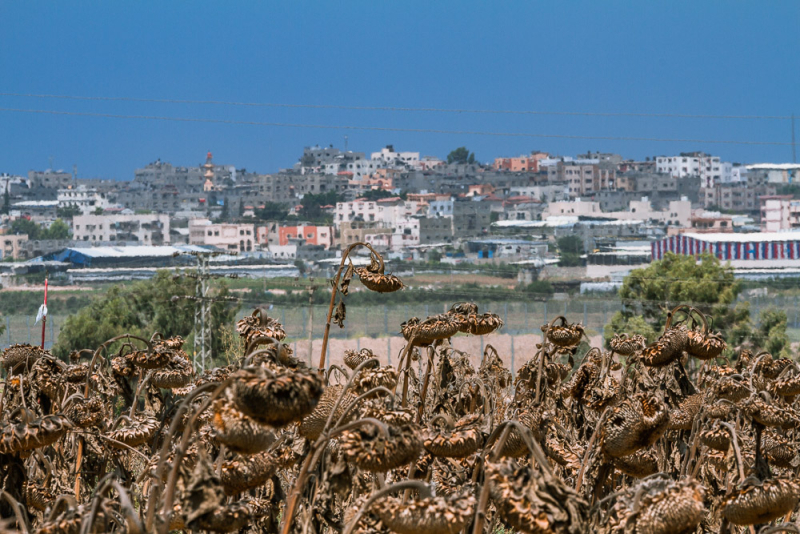
Traveling to Gaza
Traveling to Gaza itself is not possible for tourists. Access to Gaza is restricted, with the Erez border crossing serving as the primary point of entry and exit for people traveling between the Gaza Strip and Israel and the West Bank. Permits are tightly controlled and granted for specific purposes, such as medical emergencies or essential family events. The border crossing is heavily guarded, and security measures are stringent.
The Gaza Border Reality Tour allows you to explore the area around the Gaza border on the Israeli side. With an experienced guide, you will visit the entrance of the Erez border crossing and drive through the border-adjacent region.

The Gaza Border Reality Tour by Abraham Tours
Exploring the area near Gaza offers a unique perspective into the lives of those living amidst the Gaza-Israel conflict. This immersive experience allows travelers to witness the challenges faced by communities in the shadow of the Gaza Strip. It's a journey that sheds light on their resilience and the complex dynamics of the Gaza-Israel conflict, offering a deeper understanding of the region's realities.
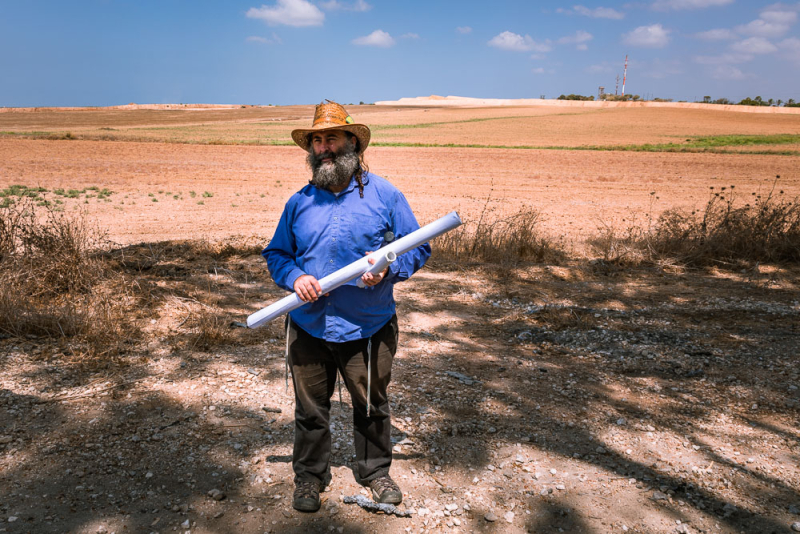
Apart from the places mentioned in this article, Abraham’s Gaza Border Reality Tour also includes stops at various lookout points and memorials for fallen soldiers. You will also get a taste of daily life in a Kibbutz, which are traditional Israeli communal settlements focused on agriculture. If you would like to learn more about the Gaza-Israel conflict and people’s daily lives in the shade of the wall, this tour is highly recommended.
The Gaza Border Reality Tour, guided by experts closely monitoring the situation, prioritizes visitors' safety. They remain vigilant and are prepared to cancel tours if the conflict escalates.




